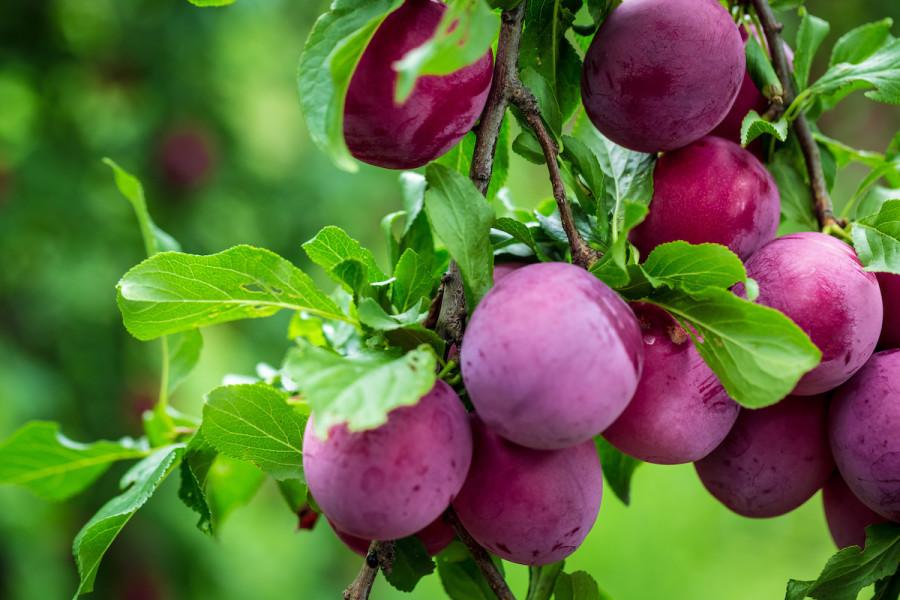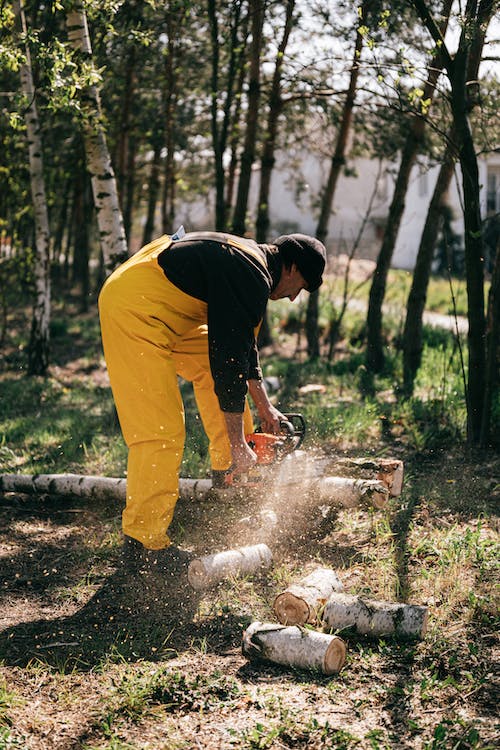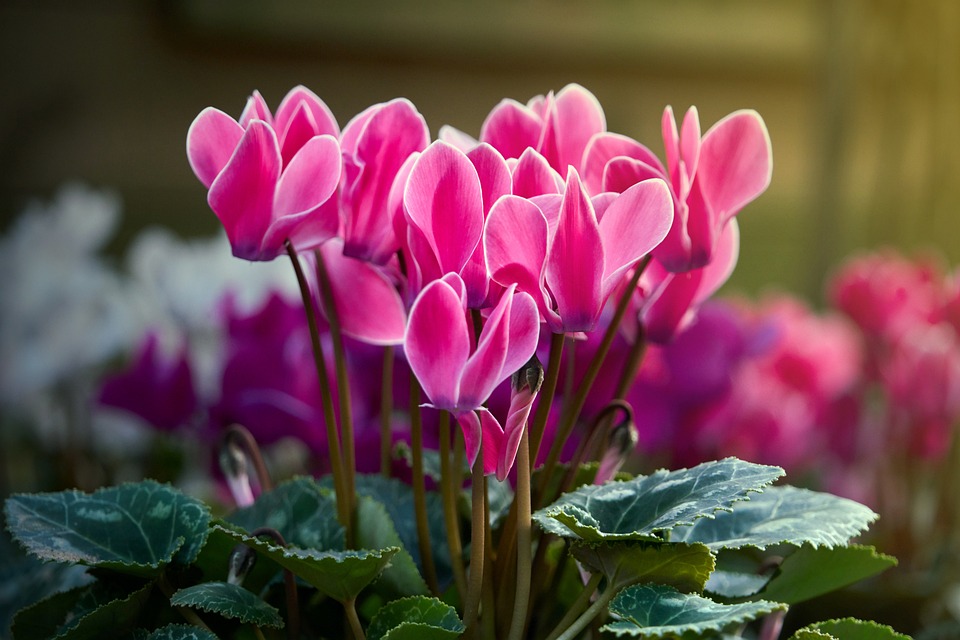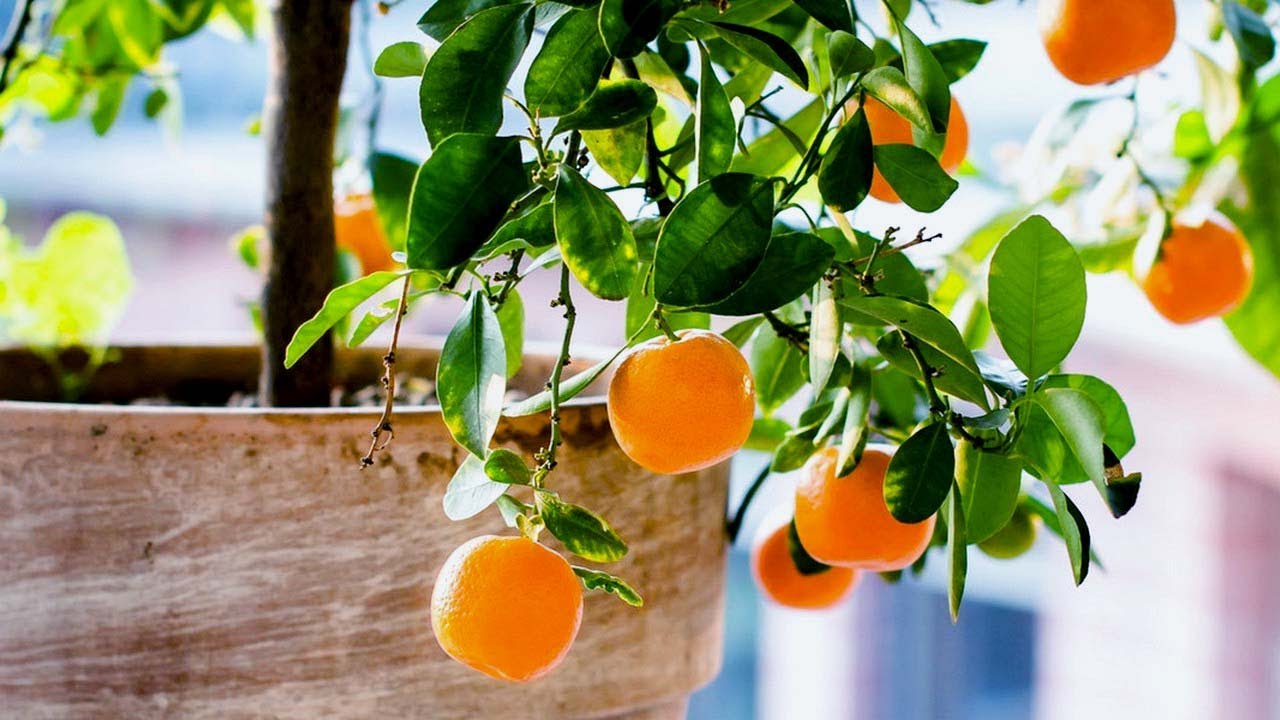What many people don’t know is that the plum tree is not in fact an entirely man-made plant. Instead, it originated in Asia several thousand years ago and then spread to other parts of the world.
Scientific name (Latin): Prunus domestica
Family: Rosaceae
Growing Plums
There is no difficulty in planting a plum tree, as long as you have found the right variety for your particular garden and climate.
The important thing to keep in mind before planting is to choose the right spot from the start, so you don’t have to move your plum tree in the future. With the right conditions from the start, you’ll get a tree that will give you a wonderful harvest for many years to come, and also won’t require major effort on your part to survive and thrive. Instead, give it time and consideration before and during the planting itself, and half the work is already done. After that, it’s mostly a matter of monitoring the growth a bit and pruning the tree at regular intervals. Looking for more advice? You’ve reached the right place as this is exactly what we are going to give you in today’s article. Enjoy the reading.
Planting Plum Trees
– Plum trees can actually be planted at any time of the year, provided that there is no frost in the soil. However, it is advantageous to plant it in late summer or autumn, because it is both warm and rainy enough.
– Prepare a spot in the garden where you already have loose, well-drained topsoil. The soil may contain some sand and stone.
– The rule is that you should only use the planting soil for soil improvement purposes, and then mix it with the existing soil on the site.
– The site should also provide wind protection and an open sunny position for your plum tree, as well as good drainage so the tree is not likely to sit in water for long periods.
Correct Size of the Pit
– The pit should be both deep and wide, so that the plum tree has the opportunity to root both deep and wide. If your soil is very hard, you may have to dig even wider and deeper.
– Try to dig a pit about 50 cm deep and about 1.5 to 2 meters in diameter.
– If you have a place with a natural slope in the garden, this is ultimate for drainage purposes, but otherwise you can advantageously make a small increase in which you then plant the tree.
– When you put the plant in the ground, you can try to spread the roots as best you can.
– Put a sturgeon next to the tree, it will provide the necessary support during the growth phase.
Don’t Forget to Water!
– Water thoroughly before filling with soil. Then mix the existing soil on the site with a well-drained, loose topsoil. Press lightly on the soil, but do not step on it as this will result in a hard packing.
– After planting, you can monitor whether or not the tree needs to be watered again. If you are planting in spring, it is especially important to water if there are long periods without rain.
Care Instructions and Pruning of Plum Trees
Plum trees feel great after being pruned, but how and when to prune depends a bit on what you want the results to be. To reduce the size of the tree without getting water shoots, you can prune around August, while pruning in late spring instead promotes shoot growth on your newly planted tree. During pruning, it is important that it is dry outside so that no fungal spores enter the newly created cutting surfaces.
Fertilization and Watering
During the first year of the plum tree’s life, it usually does not need any nutrient input. If, however, growth is very slow, you can apply some form of manure to the soil, such as compost or composted cow manure. Pelleted chicken manure also works well, as long as you use it carefully – it is very powerful. The risk of over-fertilizing is that your plum tree will get too big and it will become difficult to stop its growth before the edge of fall, which is necessary for the tree to be winter hardy.
You know your tree is growing properly if it grows about 50-60 cm per year during its first years of life. If it only grows 10-20 cm, you may need to fertilize the tree, and if it grows less than that, something is wrong. The plum tree needs to be watered during dry periods, which is especially important during the first year of its life. It needs about a bucket of water a week during the summer, if it doesn’t rain. However, you can stop watering from mid-August onwards, if there is no extreme drought.
There you are! With those tips you should be good to go to grow a plum tree without any struggle. What other fruit tree do you have in your garden? Let us know in the comments below how you care for it.





